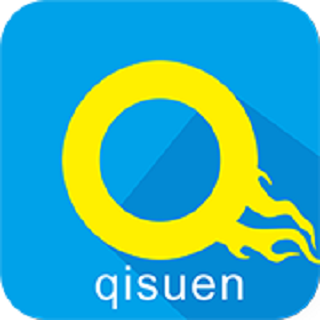中考真题2025年湖北省阅读理解C篇-丝绸之路:贸易与文化交流的千年之路

Long ago, in ancient China, there was a story about the invention of silk. People believed that silk was first invented by Leizu, the wife of the Yellow Emperor. Leizu learned how to make cocoons (蚕茧) into soft and strong cloth. This magical cloth became known as “silk”, and it was so valuable that it was called “China’s Gold”. Following kings’ orders, the Chinese kept the secret of making silk for centuries.
But then, something amazing happened! During the Han Dynasty, the brave officer Zhang Qian traveled west as far as Central Asia and brought silk there. As years passed by, silk became so important that the trade road from Europe to China got its name—the Silk Road.
The Silk Road became a busy highway for traders who carried things across deserts and mountains. From China, people sold silk and tea. In return, they received treasures such as spices (香料), gold and silver from the West. At the very beginning, it was mainly about trade; then people began to share ideas, technologies and cultures. For example, Chinese inventions like papermaking were spread to the West, while new ideas about math and science came to China.
Most importantly, the Silk Road helped different cultures learn from each other. Art, music and even language were shared along this ancient road. In places like the Dunhuang Grottoes (敦煌石窟) in China, you can see how art pieces combined (融合) Eastern and Western styles into something distinctive. It can not be seen anywhere else.
The story of the Silk Road tells us how people from faraway lands could become friends through trade and shared ideas. Today, we remember the Silk Road as one of the greatest examples of cooperation and exchange in history. It shows us how important it is to learn about and respect each other’s traditions, and that different cultures can work together to create amazing things.

